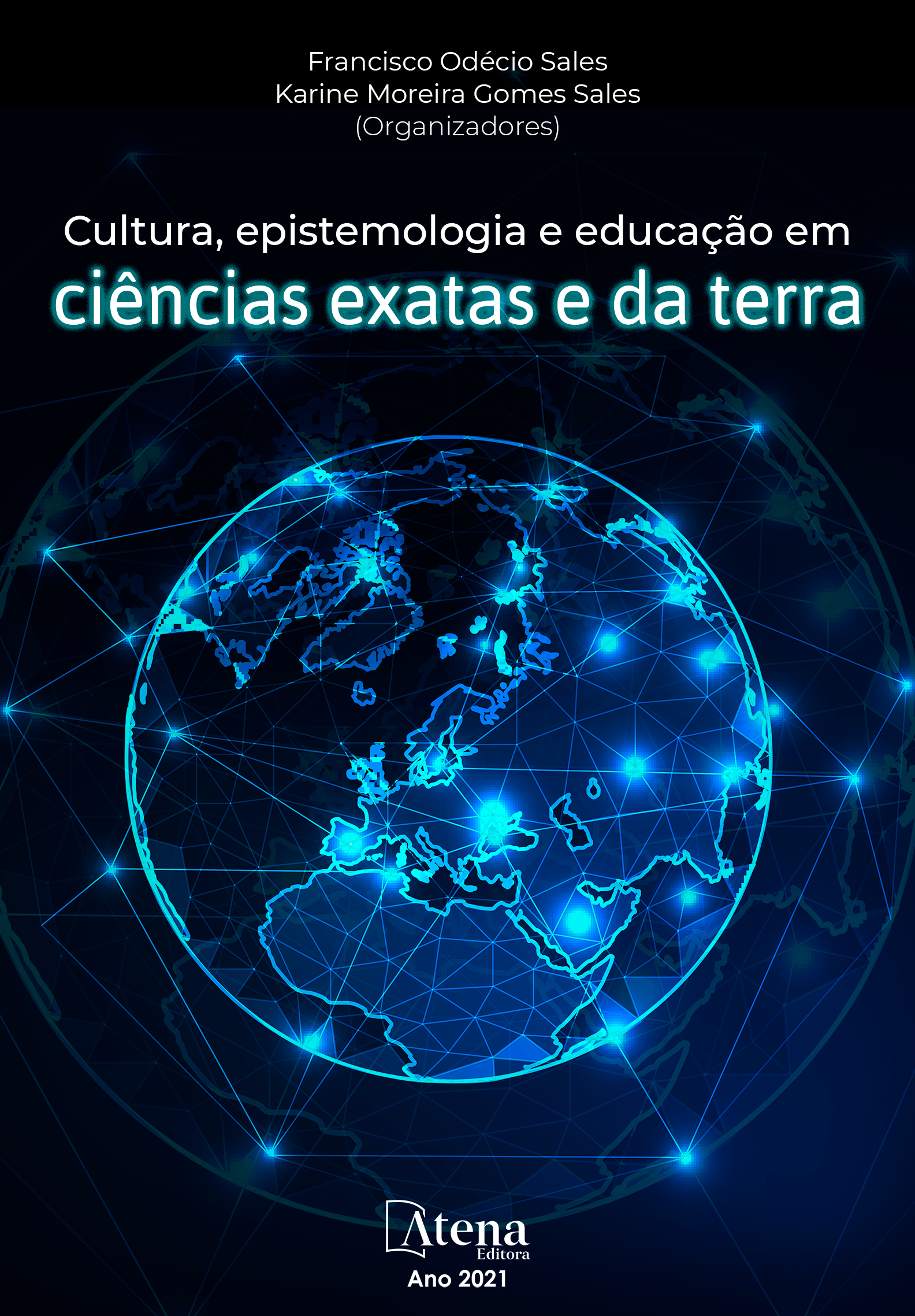
CARACTERIZAÇÃO DA ÁGUA DO MAR NO ENTORNO DE FAZENDA MARINHA NA ENSEADA DO BANANAL, ILHA GRANDE, ANGRA DOS REIS, RIO DE JANEIRO.
Na maricultura sul fluminense cultivam-se os bivalvos Nodipecten nodosus e Perna perna, o peixe bijupirá (Rachycentron canadum) e a macroalga Kappaphycus alvarezii. Para que convertam mais eficientemente o alimento que recebem, necessita-se que as características abióticas da água do mar neste ambiente estejam dentro dos limites considerados ótimos ao desenvolvimento destes organismos. A temperatura da água do mar regula o metabolismo (crescimento e ciclos reprodutivos); salinidade regula o equilíbrio osmótico; turbidez afere indiretamente a presença de material particulado na água (alimento para bivalvos), também é um indicador da disponibilidade de luz solar, fundamental à fotossíntese da Kappaphycus. O bijupirá é peixe carnívoro, cujos restos alimentares e pelotas fecais podem contribuir ao enriquecimento orgânico da área de cultivo, que pode levar à redução nos teores de oxigênio dissolvido. Assim objetivou-se mensurar a variação de: temperatura, salinidade, pH, oxigênio dissolvido e turbidez na água do mar no entorno da fazenda marinha localizada na enseada do Bananal (Angra dos Reis/RJ) e verificar se os parâmetros mantiveram-se dentro da faixa ótima para os organismos cultivados na região. Utilizou-se sonda multiparâmetros AT-1100, em perfis ao longo da coluna d’água, a cada 3 horas, durante 24h. Usou-se o programa PYTHON versão 3.10.0 para analisar os dados. Temperatura: variou entre 23,45ºC (mínima, junto ao fundo, no inverno) e 28,29ºC (máxima, na superfície, no verão). Salinidade: a menor (33,67) foi encontrada junto à superfície, sob intensas chuvas de verão. Os parâmetros temperatura e salinidade foram coerentes com a Água Tropical do Atlântico Sul que banha a região, ao largo. Não observou-se redução nos teores de oxigênio dissolvido. O pH permaneceu levemente alcalino. A turbidez foi baixa, garantindo luz para as macroalgas. Os parâmetros mensurados permaneceram dentro do ótimo para as espécies cultivadas, confirmando a aptidão da região para o desenvolvimento da maricultura.
CARACTERIZAÇÃO DA ÁGUA DO MAR NO ENTORNO DE FAZENDA MARINHA NA ENSEADA DO BANANAL, ILHA GRANDE, ANGRA DOS REIS, RIO DE JANEIRO.
-
DOI: 10.22533/at.ed.5642120125
-
Palavras-chave: Malacocultura, Piscicultura marinha, Oceanografia, Sustentabilidade, Década do Oceano.
-
Keywords: Malacoculture, Marine Fish farm, Oceanography, Sustainability, Decade of the Ocean
-
Abstract:
In southern Rio de Janeiro mariculture are cultivated the bivalves Nodipecten nodosus and Perna perna, the cobia (Rachycentron canadum) and a macroalgae Kappaphycus alvarezii. In order to more efficiently convert the food it supplies, it is necessary that the abiotic characteristics of the seawater in this environment are within the limits considered for the development of these organisms. Seawater temperature regulates metabolism (growth and reproductive cycles); salinity regulates osmotic balance; Turbidity indirectly measures the presence of particulate matter in the water (food for bivalves), it is also an indicator of the availability of sunlight, to support the photosynthesis of Kappaphycus. Cobia is a carnivorous fish, food wastes and fecal pellets can contribute to the organic enrichment of the cultivated area, which can lead to a reduction in dissolved oxygen levels. Thus, the objective was to measure the variation of: temperature, salinity, pH, dissolved oxygen and turbidity in the seawater around the marine farm located in Bananal inlet (Angra dos Reis / RJ) and to verify if the parameters remained within the optimum range for organisms grown in the region. A multiparameter sonda AT-1100 was used, in profiles along the water column, every 3 hours for 24 hours. Use the PYTHON version 3.10.0 program to analyze the data. Temperature: ranged between 23.45ºC (minimum, close to the bottom, in winter) and 28.29ºC (maximum, on the surface, in summer). Salinity: the lowest (33.67) was found near the surface, under intense summer rains. The temperature and salinity parameters were coherent with the Tropical Water of the South Atlantic that bathes the region offshore. No reduction in dissolved oxygen content was observed. The pH remained slightly alkaline. Turbidity was low, ensuring light for macroalgae. The measured parameters remained within the optimum for the cultivated species, confirming the region's suitability for the development of mariculture.
-
Número de páginas: 43
- Tatiana Ribeiro Briglia
- Bruno Saliba Souza Almeida
- Gabriel Soares Cruz
- Camila de Leon Lousada Borges
- Gleici Natali Montanini dos Santos
- Marcos Bastos Pereira
- Vanessa de Magalhães Ferreira


